Haiti: Could Charlemagne Peralte’s Example Inspire a New Revolution? Part II
Had the United States Marines not invaded Haiti, Charlemagne Peralte might have become a politician instead of a revolutionary. His father, General Remi Massena Peralte, was a big landowner in Hinche who had served as a Member of Parliament during the Hypollite administration, known for public works like the Marché Hypollite (Marché-en-Fer, or Iron Market). Charlemagne had become a career army officer after completing his studies at Port-au-Prince’s well-reputed St. Louis de Gonzague college. At 29-years old, he was the Military Commander in Leogane when a group of US Marines arrived on Monday August 30, 1915 to disarm that post as part of their project to replace Haiti’s Revolutionary Army with a US-controlled Gendarmerie (FAd’H). Peralte refused to surrender his weapons and national flag and told the Marines he would obey only his President’s orders.
Roosevelt’s “pretty good little constitution”
Peralte returned to a life of farming in Hinche after his predictable dismissal from the Army, and for a while it looked as though his refusal to relinquish his flag would be his only act of resistance to the foreign invasion. Meanwhile, the US labored to legitimize the Occupation. Franklin D. Roosevelt (FDR) would later boast that, as Woodrow Wilson’s Assistant Secretary of the Navy,“I wrote Haiti’s Constitution myself, and if I do say it, it was a pretty good little Constitution.” Among many measures favorable to the US, this constitution permitted foreign ownership of Haitian lands for the first time since the country’s independence.
The Haitian legislature countered FDR by drafting a stronger document that, not only preserved all protections from the previous Constitution, but also invalidated Dartiguenave’s 1915 treaty with the US and called for his impeachment. As the legislators prepared to ratify this new constitution in early 1917, Dartiguenave and Major General Smedley Butler declared the Parliament dissolved because of “the spirit of anarchy which animates it.” Thus began a 13-year period with no legislature, continuous martial law, and siphoning off of 40 percent of Haiti’s gross domestic product by US financiers. The Gendarmerie collected the taxes to service the foreign debt, dispensed all central government funds, and even served as judges in criminal and civil cases. In addition, they supplied the US with intelligence and got rich from extortion and kickbacks.
Our Charlemagne
On the night of October 11, 1917, on the pretext that Charlemagne and Saul Peralte had attacked their local headquarters, a group of Gendarmes torched Charlemagne’s house, looted Saul’s residence and arrested the two brothers. After a summary court martial, Saul was executed, and Charlemagne was sentenced to five years of hard labor. By then, chain gangs had become commonplace in Haiti, where the US had introduced them as the main source of labor for road building and other public works. Peralte spent nearly a year in menial, physically-wearing jobs, in prison clothes and shaven head, in the city of Cap Haitien where many of his family members lived, before a friend helped him to escape by giving him refuge and supplying him with a disguise.
Within a month Peralte recruited over 200 rebels from the ranks of laboring and escaped convicts, who swore to “drive the Americans back into the sea.” They became known as the “Cacos.” Initially, they fought with vintage guns and swords from the Haitian Revolution, plus hunting rifles, machetes, and knives, but they quickly acquired modern weapons and ammunition by raiding the remote outposts of the Gendarmerie. As a rule, they attacked the enemy in surprise commando operations and used guerilla tactics that favored their mastery of the difficult terrain, particularly along the border of Haiti and the Dominican Republic. Their numbers grew to include many Dominicans, won over to the anti-imperialist cause by Peralte. Soon Mirebalais schoolteacher Benoît Batraville joined the command. After a few months of battle, Batraville controlled the Artibonite region, and Peralte declared a provisional government in northern Haiti.
A revolution was clearly under way that the corrupt Gendarmerie could not hold off. But even as new tanks, seaplanes, airplanes, airports, and Marines reinforced the campaign against Cacos, they were called “bandits” and “highwaymen.” To demolish all pretext of banditry, in 1918 Charlemagne Péralte issued a public call to arms to the people of Haiti; he additionally wrote a letter to the French Minister in Haiti, signed by himself and 100 others, that was a formal declaration of war against the US. The Haitian elite, to whom the most serious insult of the occupation was its exclusion from White society due to racial prejudice, berated the Cacos for threatening the public safety by drawing fire on all Blacks from undiscerning Marines. By contrast, so many peasants joined the Cacos that, by 1919, the force became more than 40,000-men strong and engaged the Marines over 60 times a month.
Popping off Cacos
Flying missions from the new airports became more frequent. Cacos were bombed if they could be found. And if they could not, villages were razed. During military engagements with the Cacos, the custom was to administer a bullet to the head of any wounded Haitian. Those caught uninjured were usually tortured and lynched. Such practices are consistent with official “anti-banditry” campaign documents, which are rife with reports of high Haitian casualties without prisoners, along with few or no American deaths. Stories of Marine atrocities became so widespread that James Weldon Johnson and others traveled to Haiti to check their veracity. Johnson’s National Association for the Advancement of Colored People (NAACP) delegation confirmed: “it has now become the duty and sport of American marines to hunt these ‘cacos’ with rifles and machine guns.” For the most part, these assaults were not on Cacos but random civilians. The Cacos territories in Haiti’s North and Artibonite regions could not be taken without major casualties to the Marines.
In Summer 1919, US authorities secretly launched a project to kill Peralte, whom they called “the Supreme Bandit.” This mission was headed by Marine Sergeant Herman H. Hanneken, an expert at cultivating spies among Haiti’s elite. He found Jean Baptiste Conzé: a vain Caco lieutenant who could be bought for $2,000 in cash and the promise of the rank of officer (exclusively the domain of White Americans) in the Gendarmerie. On the evening of October 31, 1919, Conzé smuggled Hanneken and Corporal William R. Button, both in black face, together with 18 Gendarmes into a Cacos camp near Grande Riviere du Nord, where Peralte sat by a fire. Hanneken shot two bullets at close range into Peralte’s back, instantly killing him. The rest of the camp — about 1,200 men — was machine gunned in the surprise operation. The next day, before burying Peralte’s body in an unmarked grave, US authorities photographed the corpse tied to a door, with the Haitian flag draped around its head, and then dropped thousands of copies of the photo over the entire country. The reaction was not terror, but revulsion. The majority of Haitians came to view the Occupation as a project of “savages” and Peralte as a martyr for Haiti’s sovereignty.
Return of the flag
With Battraville’s death the following May, the Cacos’ strength greatly diminished, but student strikes and worker’s revolts became common. One notorious peasant protest in Les Cayes, in December 1929, which left 12 killed and 23 wounded by US Marines, provoked outrage from nearly all Haitian society. Loud calls for US departure were echoed by organizations like the suffragettes and NAACP. In addition, a shortage of investors, due to the stock market crash and Great Depression, made Haiti more difficult to colonize. Finally US President Herbert Hoover agreed to send his own fact-finding commissions to Haiti, which confirmed yet more atrocities, including widespread torture, a system of preventive detention, and the routine theft of Haitian property by US Marines. Hoover accepted the commissions’ recommendations to withdraw. Legislative and presidential elections were organized so as to return Haiti to political autonomy. On July 5, 1934, FDR returned to Haiti as US President to recognize Haitian independence, and by mid-August the national flag was flying again. Around the same period, Péralte’s remains were discovered with the help of a former Gendarme who had participated in his burial. Peralte was honored in Cap Haitien on November 26, 1934, with a state funeral attended by his mother, a large national corps, and a massive crowd.
Haiti’s endless revolution
Haiti cannot return to a quiet agricultural life any more than Peralte could. There is no such thing as a quiet life of farming. It is a life of back-breaking, unappreciated work that must be earned by a continuous fight against weeds, pests, and predators. After the first US Occupation, Haiti’s financial subservience to US banks persisted until 1945 when Dumarsais Estimé, possibly Haiti’s greatest President since the men who fought the Slave Revolution, concluded the repayment of the debt, reformed the education system to teach history and other subjects from a Haitian viewpoint, and helped to develop the Artibonite Valley into a major area for rice cultivation. But Estimé tried to dodge the most important fight of all: that against the FAd’H, and ultimately he was forced into exile by a US-backed army coup. Francois Duvalier is the only president to have successfully defeated the FAd’H. He did so by assembling his own parallel peasant army of the Tontons Macoutes. His administration is rightly vilified for having tolerated no dissent (from the communist left or the US-backed right), but it should also be acknowledged for having returned Haiti to independence and self sufficiency. All subsequent administrations, starting with Jean-Claude Duvalier, have welcomed aid and plunged the country back into debt, even as the agricultural sector, which had always repaid for Haiti’s follies, was dismantled by USAID. Jean-Bertrand Aristide did disband the FAd’H in 1995, but the absence of even an armed militia left Haiti defenseless against another foreign invasion.
The current Occupation of Haiti is cruder than the last. The US has learned not to molest the symbols of sovereignty as it dismantles the real thing. For example, the 1987 Constitution has not formally been changed, but the letter of a series of amendments proposed by Bill Clinton is being systematically followed. Hillary Clinton sends her congratulations on Flag Day to her hand-picked Haitian president. Unbeknownst to most Haitians, the July 28 “Carnaval des Fleurs” celebrates the anniversary of the first US invasion. A relatively prosperous and seemingly patriotic Haitian diaspora has grown, but like the mulatto class of colonial times and Jean-Baptiste Conzé, it appears to be more interested in acquiring an equal status to White colonists than in partnering with Haiti’s peasants. But as Haiti’s peasants go, so too does the country. Haitians must unite, not through providential men and charlatans, but with respect for each other across class lines. All that has been dismantled must be rebuilt, including employment for Haitians, by Haitians, in education, public works, public health, finance, and, most importantly, agriculture. To honor our history and flag, we must break the bondage of debt, shed parasitic aid organizations and stop being a nation of beggars.
Editor’s Note: Photographs one and two by Bio Diversity Library. Photographs ten, eleven and twelve by U.S. Air Force.
Related Articles


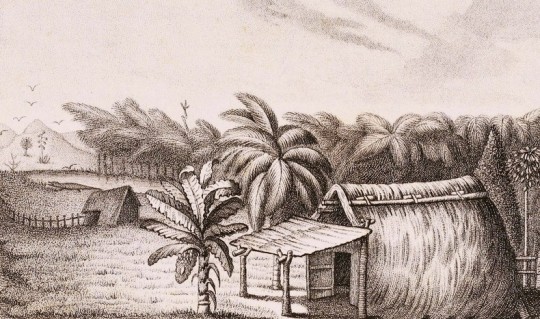
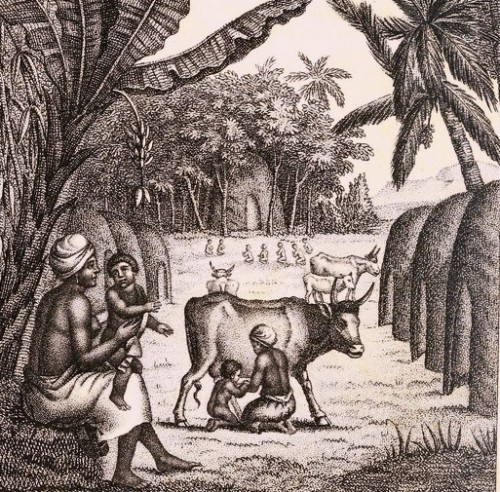
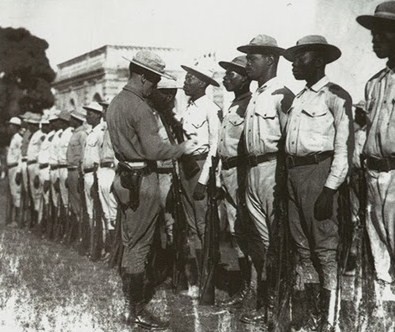
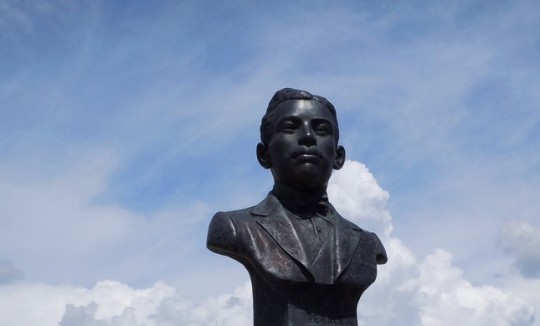
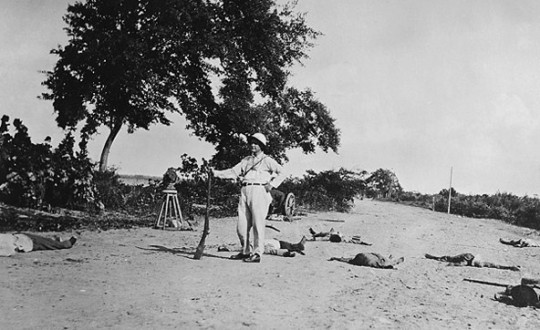
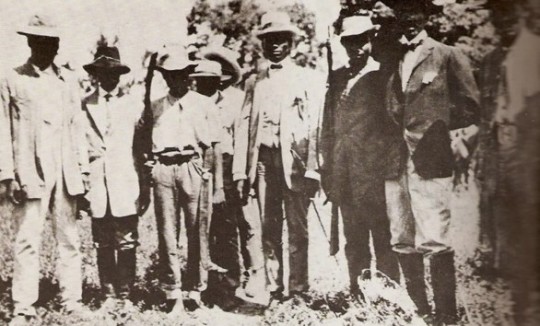
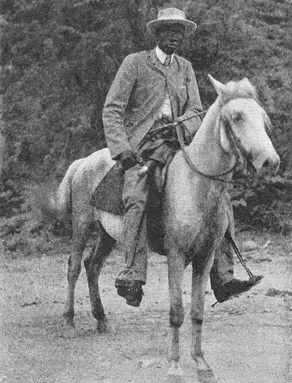
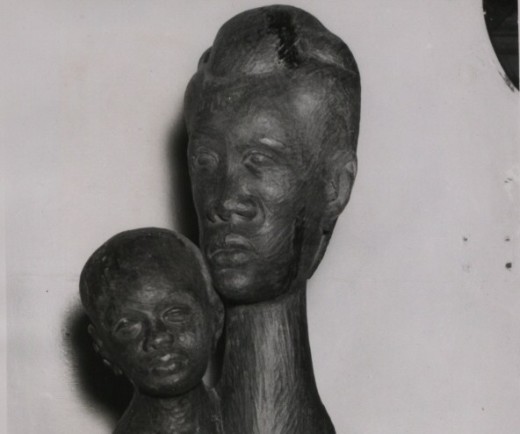
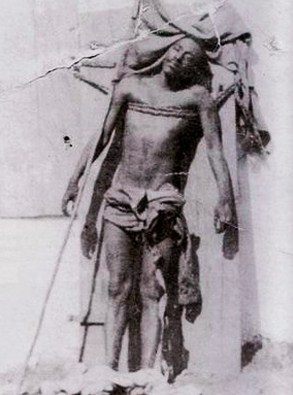

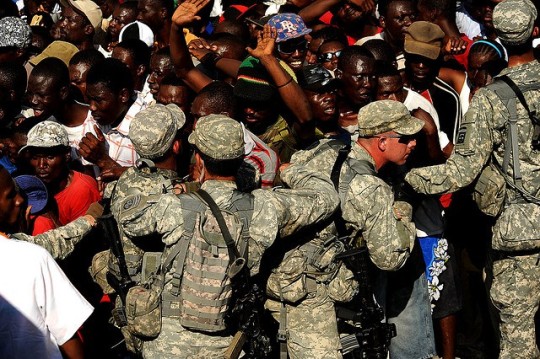
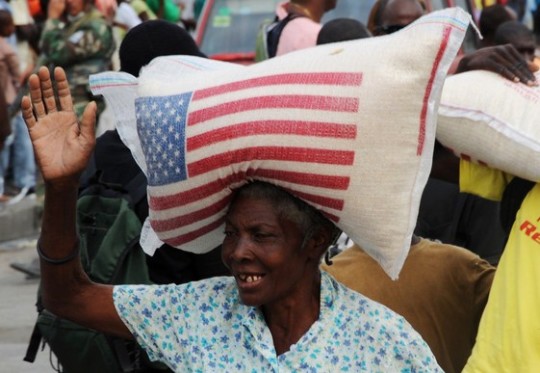











4 Responses to Haiti: Could Charlemagne Peralte’s Example Inspire a New Revolution? Part II
You must be logged in to post a comment Login